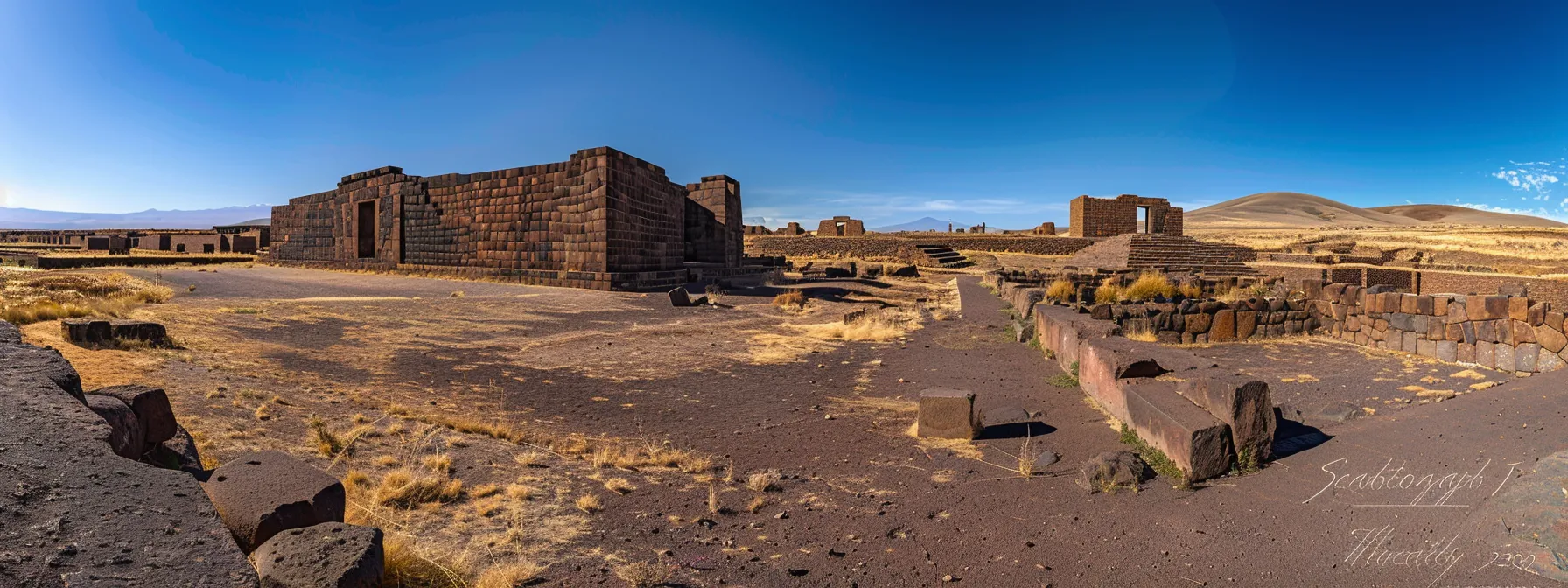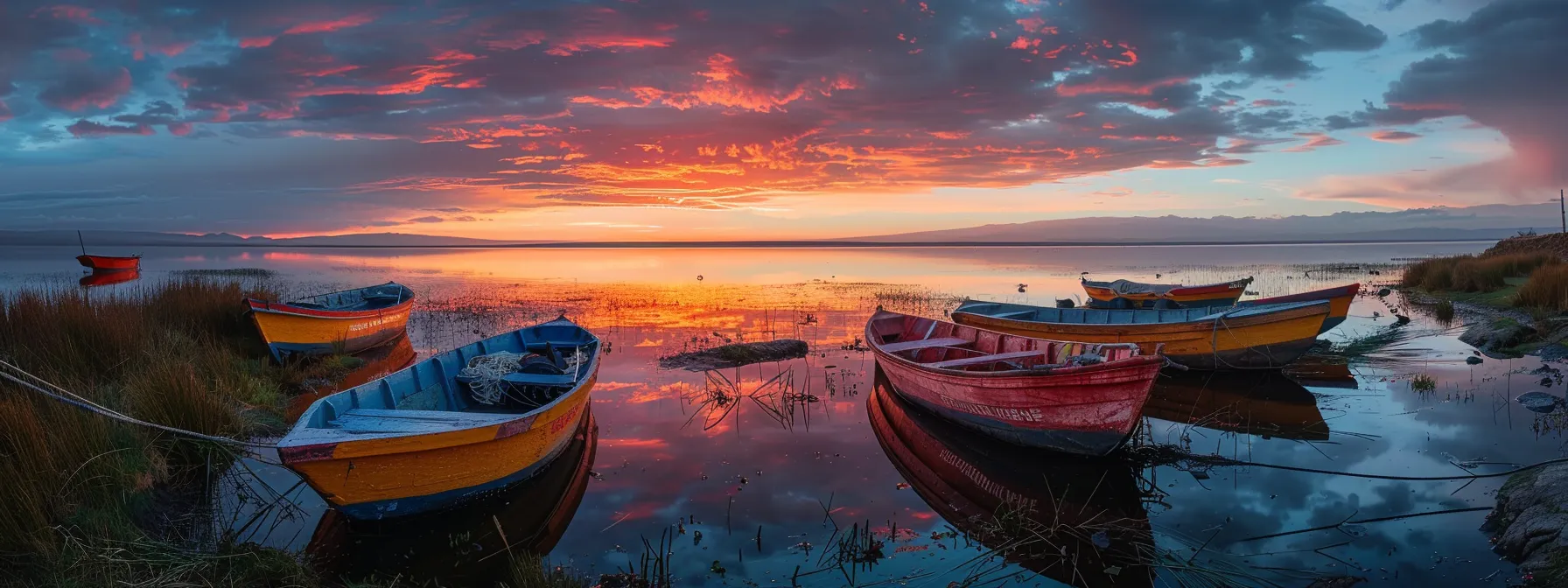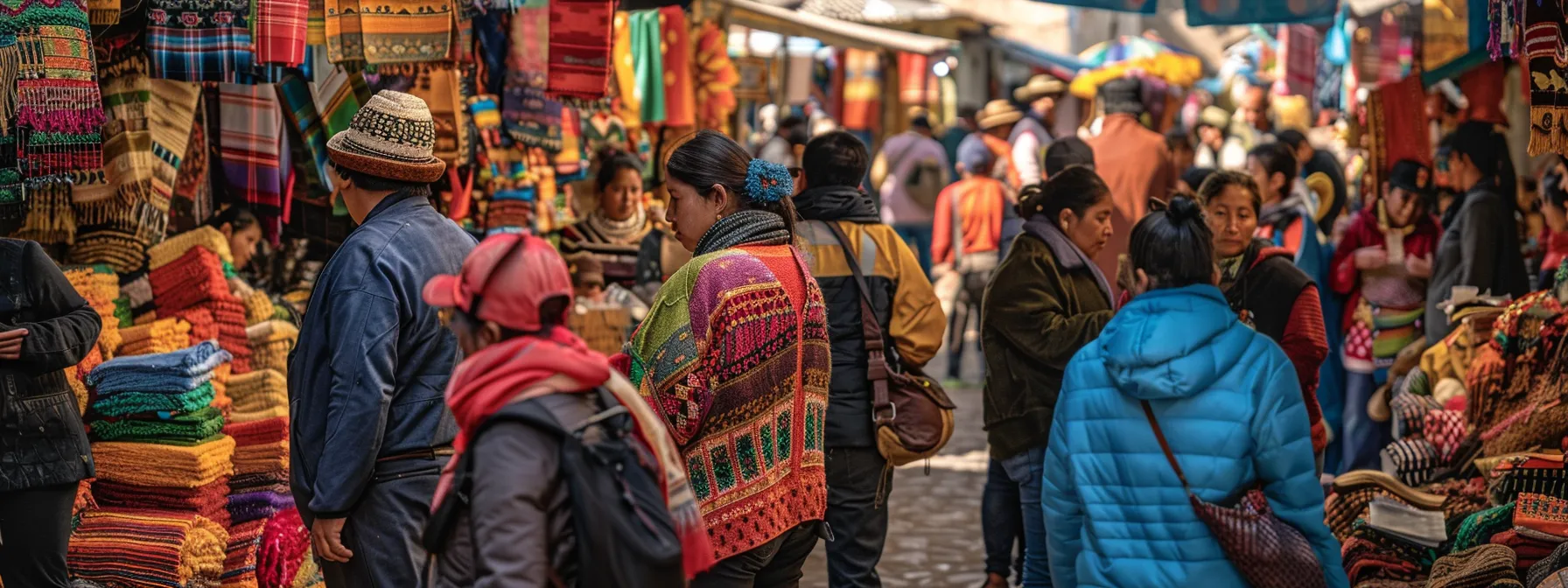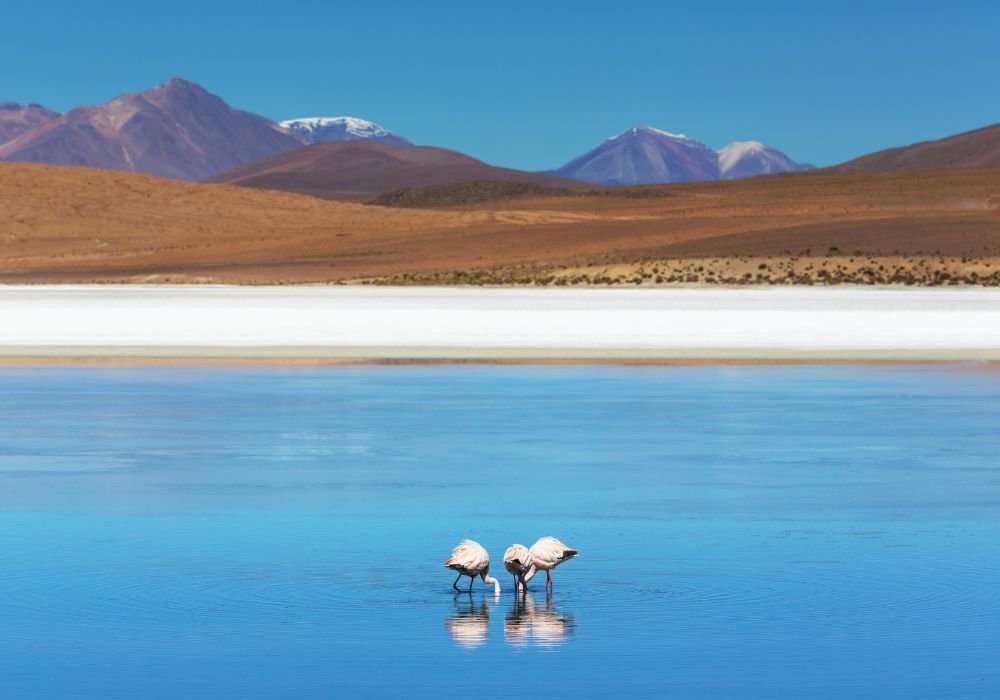Discovering Bolivia’s wonders: A comprehensive guide to tourist sites
Ever wondered what a sloth’s life is like in the wild? Bolivia’s Route of the Sloth offers a unique opportunity to observe these fascinating creatures in their natural habitat. This guide will take you through Bolivia’s top tourist sites, from the salt flats of Uyuni to the Amazon rainforest.
You will learn about sloth behavior and their role in zoo conservation. You will also see why studying ethology is important for understanding these quiet animals. By the end, you will have a clear plan for exploring Bolivia’s wonders. You will also learn about the fascinating world of sloths.
Key Takeaways
- Salar de Uyuni offers unique experiences in both dry and wet seasons
- La Paz’s markets and nightlife provide vibrant cultural experiences for visitors
- Tiwanaku’s ancient ruins showcase advanced engineering and astronomical knowledge
- The Route of the Sloth in Bolivia’s Amazon offers incredible wildlife encounters
- Lake Titicaca’s islands provide opportunities to engage with indigenous communities and explore Inca history
Marvel at the Expansive Salar De Uyuni salt flats

I’m excited to share my Salar de Uyuni experience with you! I’ll guide you through planning the best time to visit, fun activities on the salt flats, and nearby attractions to explore.
You might even spot unique animal species adapting to this harsh environment. I’ll also provide tips for safe and sustainable travel, ensuring your journey is both thrilling and responsible.
Planning the best time to visit
I’ve found the best time to visit Salar de Uyuni is during the dry season, from May to November. This period offers clear skies and a surreal, mirror-like surface that’s a photographer’s dream. However, don’t let the fear of wet conditions stop you from experiencing the rainy season’s unique beauty.
During the wet season (December to April), the salt flats transform into a massive reflective pool. It’s a breathtaking sight that’ll fill you with pride as you witness nature’s artistry. Just be aware that some areas may be inaccessible due to flooding, so plan accordingly to avoid stress.
Regardless of when you visit, the harsh environment can take its toll. Protect yourself from the intense sun and high altitude to prevent any disease or discomfort. Remember, you’re stepping into nature’s throne room, so pack appropriate clothing and stay hydrated to fully enjoy this otherworldly experience.
Activities to Enjoy on the Salt Flats
I love exploring the Salar de Uyuni salt flats! One of my favorite activities is taking quirky perspective photos. The vast white expanse creates a perfect blank canvas for creative shots. I’ve seen people pretend to be chased by toy dinosaurs or balanced on a friend’s finger – the possibilities are endless!
For a unique experience, I recommend visiting Incahuasi Island. This rocky outcrop in the middle of the salt flats is home to giant cacti and offers stunning views. It’s like stepping into a surreal habitat where you half expect to see a tiger or gorilla pop out from behind the cacti!
At night, the salt flats transform into a stargazer’s paradise. I’ve spent hours lying on my back, marveling at the Milky Way. It’s a breathtaking sight that makes you feel like you’re floating in space. Here’s a quick guide to stargazing on the salt flats:
Nearby attractions to enhance your trip
After marveling at the salt flats, I love exploring the nearby Eduardo Avaroa Andean Fauna National Reserve. This protected area is a dream come true for nature enthusiasts, with its colorful lagoons and unique wildlife. The sight of flamingos wading through the red waters of Laguna Colorada never fails to bring a smile to my face.
One of my favorite nearby attractions is the Valley of Rocks, also known as Valle de Rocas. This surreal landscape of wind-eroded rock formations sparks a sense of wonder and emotion in me. I often find myself lost in thought, trying to reason how nature could create such incredible sculptures.
For a change of scenery, I recommend visiting the Siloli Desert. This high-altitude desert feels like another planet with its barren landscape and unique rock formations. The famous “Stone Tree” is a must-see, standing tall like a lone sentinel in this otherworldly forest of stone.
Tips for safe and sustainable travel
When visiting Salar de Uyuni, I always prioritize safety and sustainability. I protect my neck from the intense sun with a wide-brimmed hat and high-SPF sunscreen.
The high altitude can cause pressure changes, so I stay hydrated and take it slow to avoid altitude sickness. Remember, this unique ecosystem in South America is fragile, so I follow Leave No Trace principles to preserve its beauty.
I’ve found that using a reputable tour company is crucial for a safe and enjoyable experience. They provide valuable information, like a human wiki, about the salt flats’ history and ecology.
Plus, they ensure we travel responsibly, avoiding damage to the delicate salt crust. I always double-check my tour operator’s credentials and reviews before booking.
Exploring Salar de Uyuni feels like stepping into a dragon’s lair of salt and sky. To capture this magic sustainably, I bring a reusable water bottle and pack out all my trash.
I also support local communities by buying handmade souvenirs and trying traditional dishes. This way, I ensure my visit benefits both the environment and the people who call this incredible place home.
The salt flats faded into the distance as we drove. Ahead, the bustling streets of La Paz beckoned.
Delve into the vibrant city life of La Paz

I’m excited to share my adventures in La Paz! From exploring top cultural sites and museums to navigating local markets for unique finds, I’ll answer your questions about this vibrant city.
I’ll point out the best spots to taste traditional Bolivian cuisine and seal the deal with tips on experiencing the nightlife. Let’s dive into the heart of La Paz and discover its hidden gems together!
Top cultural sites and museums
I love exploring La Paz’s cultural sites and museums! The Museo Nacional de Arte is a highlight, showcasing Bolivia’s rich artistic heritage. In June, they often host special exhibits featuring local wildlife artists, which is a treat for animal lovers like me.
One of my favorite spots is the Museo de la Coca, where I learned about the plant’s significance in Bolivian culture. It’s fascinating to see how this controversial plant has shaped the country’s history, without promoting any hatred towards different viewpoints on its use.
For a unique experience, I recommend downloading the BoliviaGo app before visiting the Tiwanaku ruins. It offers an augmented reality tour that brings the ancient civilization to life. Here’s a quick guide to my top cultural sites in La Paz:
I love exploring La Paz’s local markets! The Witches’ Market is a unique experience, where I’ve found fascinating items like dried llama fetuses and colorful potions. It’s like stepping into a villain’s lair from the United States, but it’s actually a glimpse into traditional Bolivian beliefs.
My favorite spot is the Mercado Lanza, where I always find amazing local produce and handmade crafts. I once bought a beautifully woven arm band that makes a gentle sound when I move. It’s become my favorite souvenir from Bolivia.
For the best deals, I recommend visiting markets early in the morning. That’s when you’ll find the freshest products and the most energetic atmosphere. Here’s a quick guide to my favorite markets in La Paz:
Tasting traditional Bolivian cuisine
I love exploring La Paz’s food scene! My favorite dish is salteñas, savory pastries filled with meat, vegetables, and a slightly sweet sauce. I always grab one for breakfast from a street vendor near my hotel – it’s the perfect way to start my day of adventure.
For lunch, I head to Mercado Lanza to try api con pastel. This thick, purple corn drink paired with a fried cheese pastry is a local favorite. It’s a unique combination that surprised my taste buds at first, but now I crave it whenever I think of Bolivia.
When dinnertime rolls around, I can’t resist ordering charquekan. This traditional dish features dried llama meat served with corn, cheese, and potatoes. It’s a hearty meal that gives me a real taste of Bolivian culture and history on a plate.
Experiencing nightlife and entertainment
I love experiencing La Paz’s nightlife! One of my favorite spots is Diesel Nacional, a quirky bar built from recycled train parts. It’s a unique blend of steampunk aesthetics and Bolivian creativity that never fails to impress me. The cocktails are delicious, and the atmosphere is electric.
For live music, I always head to Mongo’s. This cozy venue hosts local and international acts, and I’ve discovered some amazing Bolivian bands here. The crowd is always friendly, and I’ve made some great connections with fellow music lovers from around the world.
When I’m in the mood for dancing, La Costilla de Adán is my go-to place. This multi-level club plays everything from salsa to electronic music. I’ve spent many nights here, dancing until dawn and enjoying the vibrant energy of La Paz’s youth culture. Here’s a quick guide to my favorite nightlife spots in La Paz:
- Diesel Nacional: Unique steampunk bar with creative cocktails
- Mongo’s: Live music venue featuring local and international acts
- La Costilla de Adán: Multi-level club with diverse music genres
- Ttkos: Rooftop bar with stunning city views
- Roots Reggae Bar: Laid-back spot for reggae and rock music
The city’s energy faded as we left La Paz behind. Ahead lay Tiwanaku, its ancient stones holding secrets of a long-lost civilization.
Uncover ancient ruins at Tiwanaku

I’m excited to share my experiences at Tiwanaku, Bolivia’s ancient marvel! I’ll guide you through its historical significance, show you the must-see structures, and give you tips on travel logistics. Whether you’re a history buff or just curious, Tiwanaku’s mysterious ruins are sure to leave you in awe. Let’s explore this fascinating site together!
Understanding the historical significance
I’m always amazed by Tiwanaku’s rich history. This pre-Columbian city, located near Lake Titicaca, was once the capital of a powerful empire that dominated the Andean region. Walking through the ruins, I can’t help but feel connected to the ancient people who lived here over 1,500 years ago.
What fascinates me most about Tiwanaku is its advanced engineering and astronomical knowledge. The city’s precise stone-cutting techniques and complex irrigation systems were way ahead of their time. I love examining the intricate carvings on the Gateway of the Sun, which some believe served as an ancient calendar.
Visiting Tiwanaku has deepened my appreciation for Bolivia’s cultural heritage. It’s incredible to think that this site influenced later civilizations like the Inca. As I explore the ruins, I’m reminded of how important it is to preserve these ancient wonders for future generations to learn from and enjoy.
Must-see structures and monoliths
I’m always in awe when I visit Tiwanaku’s iconic Gateway of the Sun. This massive stone archway, weighing about 10 tons, features intricate carvings that some believe represent an ancient calendar. I love studying the central figure, often interpreted as the “Staff God,” surrounded by 48 winged effigies.
The Kalasasaya Platform is another must-see structure. I enjoy walking through this large courtyard, imagining the ceremonies that once took place here. The precision of its construction still amazes me, especially how it aligns perfectly with the equinoxes.
One of my favorite spots is the Semi-Subterranean Temple. As I descend into this sunken courtyard, I’m always struck by the unique stone heads embedded in the walls. Each one is different, and I find myself wondering about the stories behind these enigmatic faces. Here’s a quick guide to my top structures at Tiwanaku:
Travel logistics and guided tour options
I’ve found that getting to Tiwanaku is pretty straightforward. I usually take a bus from La Paz, which takes about 1.5 hours and is an affordable option. If you’re short on time, you can also book a private taxi, but it’s pricier. I recommend leaving early in the morning to make the most of your day at the site.
When it comes to guided tours, I always opt for one at Tiwanaku. The site’s history is complex, and a knowledgeable guide can really bring the ruins to life. I’ve had great experiences with both group and private tours. Group tours are more budget-friendly, while private tours offer more flexibility and personalized attention.
Don’t forget to pack essentials for your visit. I always bring sunscreen, a hat, and plenty of water as there’s limited shade at the site. Comfortable walking shoes are a must, and I suggest wearing layers as the weather can change quickly at this altitude. If you’re into photography like me, bring a wide-angle lens to capture the vastness of the site.
We left Tiwanaku, the ancient stones still echoing with secrets. Ahead lay the Amazon, where sloths moved slow and the jungle held its breath.
Embark on the route of the sloth in the amazon

I’m thrilled to share my journey along the Route of the Sloth in Bolivia’s Amazon! I’ll guide you through planning your eco-tour, wildlife encounters, and conservation efforts. I’ll also recommend top-notch tour operators and guides. Get ready for an unforgettable adventure in this incredible ecosystem!
Planning your eco-tour adventure
I love planning eco-tours in Bolivia’s Amazon! The Route of the Sloth offers an incredible chance to see these gentle creatures up close. I always start by choosing the right time to visit – typically during the dry season from May to October. This ensures better trail conditions and increased wildlife sightings.
When packing for my Amazon adventure, I focus on lightweight, breathable clothing and sturdy hiking boots. I never forget my binoculars, as they’re essential for spotting sloths high up in the canopy. It’s also crucial to bring eco-friendly insect repellent and sunscreen to protect yourself while minimizing impact on the environment.
I recommend booking with a reputable eco-lodge that prioritizes sustainability and wildlife conservation. Many offer all-inclusive packages that cover accommodation, meals, and guided tours. Here’s a breakdown of what I typically include in my Amazon eco-tour planning:
Encountering wildlife in their natural habitat
I love exploring the Amazon’s diverse wildlife! On the Route of the Sloth, I’ve encountered not just sloths but a whole range of incredible creatures. Spotting a three-toed sloth high up in the canopy is always a thrill. I’ve learned to look for their slow, deliberate movements and listen for the rustling of leaves.
One of my favorite experiences was kayaking through flooded forests. I saw capybaras lounging on the riverbanks and colorful macaws flying overhead. The Amazon’s rich biodiversity never fails to amaze me. It’s like stepping into a living nature documentary.
Night walks in the jungle are particularly exciting. With a flashlight, I’ve spotted caimans’ eyes glowing in the water and tree frogs clinging to leaves. The Amazon comes alive at night, revealing a whole new world of nocturnal creatures. Here’s a list of some amazing wildlife I’ve encountered on the Route of the Sloth:
- Three-toed and two-toed sloths
- Howler monkeys
- Pink river dolphins
- Jaguar (if you’re lucky!)
- Various species of toucans and macaws
- Giant river otters
- Anacondas
Supporting conservation efforts
I always make sure to support conservation efforts when I visit the Amazon. One way I do this is by choosing eco-lodges that actively participate in wildlife protection programs. These lodges often employ local guides who are passionate about preserving their environment and educating visitors about the importance of conservation.
During my trips, I’ve participated in citizen science projects, helping researchers collect data on sloth populations and their habitats. It’s amazing to contribute to real scientific studies while enjoying my vacation. I’ve learned so much about the challenges these animals face and how we can help protect them.
I also make a point to buy souvenirs from local artisans who use sustainable materials. This supports the community and encourages eco-friendly practices. By making these small choices, I feel like I’m playing a part in preserving the Amazon’s incredible biodiversity for future generations to enjoy.
Recommended Tour Operators and Guides
I’ve had amazing experiences with several tour operators along the Route of the Sloth. My top pick is Madidi Travel, known for their commitment to conservation and sustainable tourism. Their guides are incredibly knowledgeable about the local ecosystem and always seem to know the best spots for sloth sightings.
For a more immersive experience, I recommend Chalalan Ecolodge. They offer multi-day tours that include stays in their community-run lodge deep in the Amazon. I love how they involve the local indigenous communities in their operations, providing authentic cultural experiences alongside wildlife encounters.
If you’re looking for a personalized adventure, consider hiring a local guide through the Rurrenabaque Guides Association. I’ve found that these guides often have unparalleled knowledge of the area and can tailor the experience to your interests. Here are some of my favorite tour options:
- Madidi Travel’s 3-day sloth spotting tour
- Chalalan Ecolodge’s 5-day Amazon immersion experience
- Custom day trips with Rurrenabaque local guides
- Jungle Experiences’ photography-focused expeditions
- Bala Tours’ combination river and jungle trek adventures
The Amazon’s lush jungle gave way to rugged mountains. We headed south, drawn by the promise of an ancient lake high in the Andes.
Experience Serenity at Lake Titicaca

I’m excited to share my experiences at Lake Titicaca! I’ll guide you through visiting the Islands of the Sun and Moon, where you can engage with indigenous communities. I’ll also cover the best ways to travel around the lake and recommend accommodation options for every budget. Let’s explore this serene Bolivian wonder together!
Visiting the Islands of the Sun and Moon
I love exploring the Islands of the Sun and Moon on Lake Titicaca! These sacred Inca sites offer a perfect blend of history, culture, and natural beauty. On Isla del Sol, I always make sure to hike to the Chincana ruins and the Rock of the Puma, soaking in breathtaking views of the lake along the way.
Isla de la Luna, though smaller, is equally captivating. I’ve found that visiting the Iñak Uyu temple, dedicated to the Virgins of the Sun, provides a fascinating glimpse into ancient Inca traditions. The island’s tranquil atmosphere makes it an ideal spot for quiet reflection and stunning sunset views.
Engaging with the local Aymara communities on both islands has been a highlight of my visits. I’ve participated in traditional ceremonies, learned about ancient weaving techniques, and enjoyed delicious local cuisine. These experiences have deepened my appreciation for the rich cultural heritage of the region. Here are some must-do activities on the Islands of the Sun and Moon:
- Hike to the Chincana ruins on Isla del Sol
- Visit the Rock of the Puma for panoramic lake views
- Explore the Iñak Uyu temple on Isla de la Luna
- Participate in a traditional Aymara ceremony
- Learn about ancient weaving techniques from local artisans
- Watch the sunset over Lake Titicaca from Isla de la Luna
Engaging With Indigenous Communities
I’ve had incredible experiences engaging with indigenous communities around Lake Titicaca. The Uros people, who live on floating islands made of totora reeds, welcomed me warmly. I learned how they build and maintain their unique homes, and even tried my hand at reed weaving.
On Taquile Island, I was amazed by the intricate textiles created by local artisans. The men knit colorful hats while women weave beautiful belts and scarves. I bought a handmade belt as a souvenir, knowing my purchase directly supports the community’s traditional way of life.
Sharing a meal with an Aymara family on Amantani Island was a highlight of my trip. We enjoyed quinoa soup and fresh fish from the lake while chatting about daily life on the island. This homestay experience gave me a deeper understanding of local customs and challenges faced by indigenous communities in the modern world.
Best Ways to Travel Around the Lake
I love exploring Lake Titicaca by boat! I usually hop on a tourist boat from Copacabana to visit the main islands. These trips are comfortable and offer stunning views of the lake and surrounding mountains. For a more authentic experience, I’ve taken local ferries to lesser-known islands, which are cheaper but less frequent.
Kayaking around the lake has been one of my favorite ways to travel. I’ve rented kayaks in Copacabana and paddled to nearby beaches and small islands. It’s a great workout and allows me to access quiet spots away from the crowds. Just remember to check weather conditions before heading out.
For land-based exploration, I’ve found renting a bicycle to be a fun option. I’ve cycled along the lakeshore, stopping at viewpoints and small villages. Some accommodations offer bike rentals, making it easy to plan day trips. Here’s a quick comparison of travel options around Lake Titicaca:
Accommodation Options for Every Budget
I’ve found a range of great accommodation options around Lake Titicaca to suit every budget. For budget travelers, I recommend staying in Copacabana’s affordable hostels or guesthouses. I’ve enjoyed clean, comfortable rooms with stunning lake views for as little as $10 per night.
Mid-range travelers can find excellent value in boutique hotels in Copacabana or on Isla del Sol. I once stayed at a charming eco-lodge on Isla del Sol, which offered comfortable rooms, delicious local cuisine, and unforgettable sunsets over the lake for about $50 per night.
For a luxurious experience, I suggest splurging on one of the high-end resorts near Huatajata. I treated myself to a stay at a lakeside resort with a private beach, spa facilities, and gourmet dining. While pricier, the breathtaking views and world-class service made it worth every penny.
We bid farewell to the tranquil shores of Lake Titicaca. Our journey led us to Sucre, where colonial elegance awaited.
Immerse Yourself in the Colonial Charm of Sucre

I’m excited to share my experiences in Sucre, Bolivia’s charming colonial city! I’ll guide you through walking tours of historic landmarks, local festivals, and regional dishes. I’ll also tell you about learning Spanish here. Sucre’s blend of history, culture, and cuisine makes it a perfect spot for immersing yourself in Bolivian life.
Walking Tours to Historic Landmarks
I love exploring Sucre’s historic landmarks on foot! My favorite walking tour starts at Plaza 25 de Mayo, the city’s main square. Here, I always take a moment to admire the stunning white façade of Casa de la Libertad, where Bolivia’s declaration of independence was signed.
From there, I stroll down Calle Aniceto Arce, lined with beautiful colonial buildings. I make sure to stop at the San Felipe Neri Convent, where I climb to the rooftop for breathtaking views of Sucre’s skyline. The intricate details of the convent’s architecture never fail to impress me.
My walking tour usually ends at Recoleta Monastery, perched on a hill overlooking the city. I time my visit to catch the sunset from the monastery’s terrace. It’s the perfect spot to reflect on Sucre’s rich history and beauty. Here are some highlights from my favorite walking tour:
- Plaza 25 de Mayo and Casa de la Libertad
- San Francisco Basilica
- Calle Aniceto Arce’s colonial buildings
- San Felipe Neri Convent and rooftop views
- Recoleta Monastery and sunset terrace
Participating in Local Festivals and Events
I love immersing myself in Sucre’s vibrant festivals! The Fiesta de la Virgen de Guadalupe in September is my favorite. I join locals in colorful parades, enjoy traditional music, and taste delicious street food. The energy is infectious, and it’s a great way to experience Bolivian culture firsthand.
Easter week in Sucre is another highlight for me. I participate in solemn processions and watch intricate alfombras (sawdust carpets) being created on the streets. It’s a beautiful blend of religious tradition and artistic expression that really moves me.
For a more unique experience, I always try to catch the Pujllay festival in nearby Tarabuco. This indigenous celebration features traditional dances, elaborate costumes, and rituals that date back centuries. It’s a fascinating glimpse into Bolivia’s pre-colonial heritage. Here’s a list of my must-see festivals in and around Sucre:
- Fiesta de la Virgen de Guadalupe (September)
- Easter Week celebrations (March/April)
- Pujllay festival in Tarabuco (March)
- All Saints Day (November 1st)
- Feria de la Alasita (January)
Sampling Regional Dishes and Delicacies
I love exploring Sucre’s culinary scene! My favorite local dish is mondongo, a hearty pork stew served with corn. I always head to the Central Market to try it from one of the bustling food stalls. The tender meat and rich broth never fail to satisfy my taste buds.
For a quick snack, I can’t resist Sucre’s famous salteñas. These savory pastries filled with meat, vegetables, and a slightly sweet sauce are perfect for breakfast or a mid-day treat. I’ve found the best ones at a small shop near Plaza 25 de Mayo, where locals line up every morning.
When I’m in the mood for something sweet, I indulge in Sucre’s famous chocolate. I love visiting the Chocolate Museum, where I learn about the city’s chocolate-making history and sample some of the finest artisanal chocolates in Bolivia. The rich, smooth flavor is unlike anything I’ve tasted before.
Learning Spanish in a Cultural Setting
I love learning Spanish in Sucre’s cultural setting! The city’s laid-back atmosphere and colonial architecture provide the perfect backdrop for language immersion. I enrolled in a small language school near Plaza 25 de Mayo, where my classes often spill out into the streets for real-world practice.
My favorite part of learning Spanish here is the cultural experiences that come with it. I’ve joined cooking classes where I learned to make local dishes while practicing my vocabulary. I’ve also participated in salsa dancing lessons, which not only improved my language skills but also taught me about Bolivian music and dance.
One of the most rewarding aspects of studying Spanish in Sucre is the opportunity to practice with locals. I often chat with vendors at the Central Market or join language exchange meetups at local cafes. These interactions have not only improved my Spanish but also given me deeper insights into Bolivian culture and daily life.
Frequently Asked Questions
What is the best time to visit Salar de Uyuni in Bolivia?
The best time to visit Salar de Uyuni in Bolivia is during the dry season, from May to November. This period offers clear skies, stable weather, and easier access to the salt flats. You’ll experience the iconic hexagonal salt patterns and surreal landscapes that make Salar de Uyuni famous. For a unique spectacle, consider visiting between December and April, the wet season. During this time, a thin layer of water covers the salt flats, creating a stunning mirror effect. However, be prepared for potential travel disruptions and limited access to certain areas due to flooding.
How can I get to Tiwanaku from La Paz?
To get to Tiwanaku from La Paz, you can take a bus or join a guided tour. Public buses depart from the Cemetery General area in La Paz, taking about 1.5 hours to reach Tiwanaku. The journey offers scenic views of the Altiplano landscape. Alternatively, many tour operators in La Paz offer day trips to Tiwanaku. These tours typically include transportation, entrance fees, and a guide. While more expensive than public buses, they provide a hassle-free option and additional historical context for the ancient ruins.
Are there guided tours available for the Route of the Sloth?
Yes, guided tours are available for the Route of the Sloth in Costa Rica. These tours offer visitors the chance to explore the natural habitats of sloths and learn about their behaviors from experienced guides. Travelers can choose from various options, including walking tours and boat excursions. Most guided tours along the Route of the Sloth include visits to protected areas and wildlife sanctuaries. Guides provide insights into sloth conservation efforts and help visitors spot these elusive creatures in their natural environment. Tours typically last a few hours and may include transportation and additional wildlife sightings.
What activities can I do at Lake Titicaca?
Lake Titicaca offers a variety of activities for travelers. You can explore the floating islands of Uros, home to indigenous communities living on reed platforms. Boat tours allow you to visit these unique islands and learn about the traditional way of life. Taquile Island is another must-visit destination, known for its stunning textiles and ancient ruins. Hiking enthusiasts can enjoy scenic trails around the lake, while cultural experiences include visiting local markets and tasting regional cuisine in nearby towns like Puno.
Is Sucre a good base for exploring other parts of Bolivia?
Sucre is an excellent base for exploring Bolivia. Its central location makes it easy to reach other popular destinations like Potosí, Uyuni, and Santa Cruz. The city’s comfortable climate, affordable accommodation, and well-connected transport options make it ideal for travelers planning excursions to nearby attractions. From Sucre, you can embark on day trips to the nearby dinosaur footprints, traditional Tarabuco market, or the historic silver mines of Potosí. Longer journeys to the Uyuni Salt Flats or the Amazon Basin are also feasible, making Sucre a convenient starting point for diverse Bolivian adventures.
Conclusion
Bolivia’s diverse tourist sites offer a captivating journey through natural wonders, ancient history, and vibrant cultures. From the otherworldly Salar de Uyuni salt flats to the colonial charm of Sucre, each destination provides unique experiences that showcase the country’s rich heritage and breathtaking landscapes. Exploring these sites not only satisfies wanderlust but also contributes to local economies and conservation efforts, making responsible tourism crucial for preserving Bolivia’s treasures. By immersing yourself in Bolivia’s wonders, you’ll gain a deeper appreciation for this South American gem and create unforgettable memories that will last a lifetime.




